Trai Trang village, formerly part of Yen My town, Yen My district, is now part of Yen My commune, Hung Yen province. Peacefully located on the Nghia Tru river, flowing silently through many rice harvest seasons, this land has been deeply engraved in the minds of the villagers and those who have visited for generations by the familiar sound of the rice mill rumbling every morning and evening.
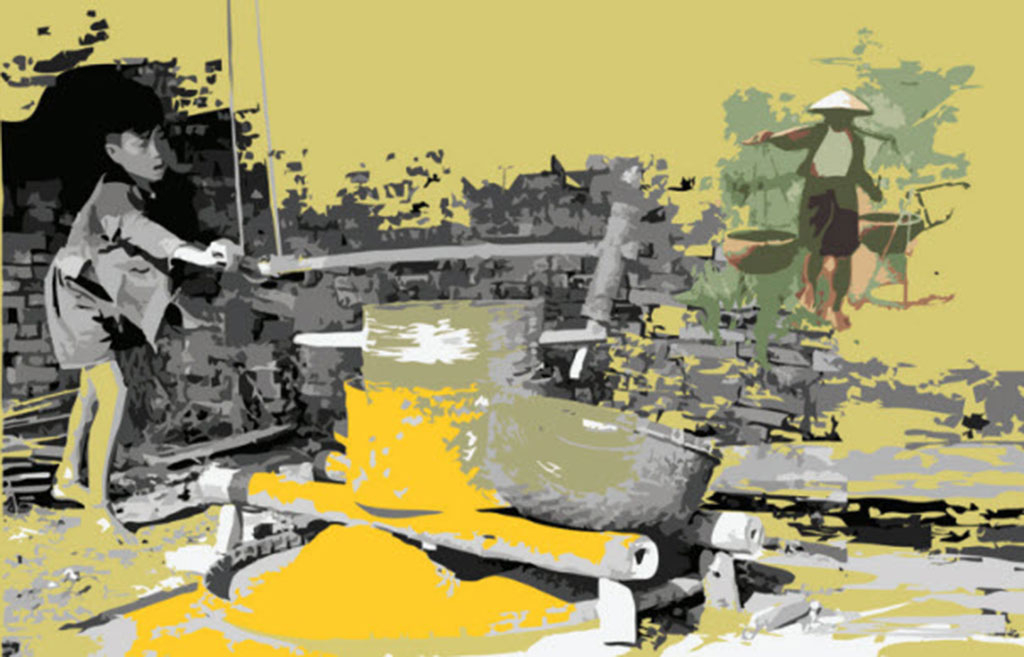
That place used to be the cradle of the traditional rice milling profession, a profession that not only makes a living but also involves sweat, effort, and pride of the people of the rice fields. The calloused hands, the heavy shoulders carrying rice patiently turn the wheel every day, winnowing each batch of rice, carefully selecting each pure white grain as if gathering the quintessence of heaven and earth to create the unique flavor of the Hung Yen countryside.
Through many rainy and sunny seasons, through the ups and downs of the times, the craft village has constantly changed. Trai Trang today still retains the spirit of the old craft but has put on a new coat, more vibrant, more diverse with many industries and services developing strongly. High-rise buildings are built side by side, concrete roads stretch out in the sunlight, proving the steady rise of a village rich in tradition and full of aspirations. Trai Trang people today not only live in abundance but also live in prosperity, proudly continuing to write a new page in the history of the once famous craft village.
More than forty years ago, my mother was a hard-working woman, silently carrying the whole family on her thin shoulders and worn-out carrying pole. Every morning, my mother would carry rice on her back through countless village roads, alleys, and all over the countryside in the province to collect rice for processing. When summer came, as usual, my three brothers and I followed my mother through the scorching fields, the villages near and far, collecting rice from each house to fill our bags and baskets. My brothers and I were born in a craft village, and soon learned about the hardships, the hard work, but also the love of the rice milling profession, which has fed many generations in Trai Trang village. My father was a lecturer at the Pedagogical College at that time, cycling home once a week. His meager salary was not enough to feed and educate three children, so the burden of food and clothing fell heavily on my mother's shoulders.
Since we were little, we have been familiar with the familiar sounds: the rustling sound of winnowing, the echoing sound of the rice mill, the thumping sound of the rice pounding pestle throughout the village every afternoon. On days off from school, the three of us would follow our mother, one wearing a conical hat, the other holding a small shoulder pole, walking behind the heavy shoulder poles. The village road was bright with sunlight, my mother and I’s shadows were long on the ground shimmering with gold, a rustic image that is still deeply engraved in our memories. After school hours, my brothers and I were busy helping our mother. One carried rice, one winnowed it, then together we ground each batch of pure white rice, fragrant as the scent of new sunlight. Every time the harvest season began, Trai Trang village was bustling like a hometown song - the sound of people carrying rice on their shoulder poles in a hurry, the steady sound of the mill grinding in the yard of each house. Every early morning, both sides of the main road, the old road 39A running through my village, were bustling with people carrying rice to the market. Called a “roadside market”, but it is actually the market of the entire craft village, where white rice is sifted cleanly, neatly packaged and displayed right on the roadside, under the shade of trees, in front of the ancient, mossy and sacred communal house gate. The market only lasts for a couple of hours, just long enough for familiar traders to come, choose each bag of good rice, and then hastily load it onto trucks going back and forth across the provinces. The trade has been associated with my village for generations. It cannot get rich quickly, but it has nurtured many generations, thanks to the diligence and hard work of the children of Longan land. In each grain of white rice, there is sweat, sun and wind, and the calloused hands of the mother, quiet but persistent like the soul of the homeland. On rainy days, the village road is muddy, the heavy loads bend down, sometimes slipping, both mother and child are covered in mud. Yet there is still laughter, the mother's voice encouraging: "It's okay, child, as long as there is rice, we can still worry about meals." It was from those difficult days that we grew up, not only with the rice our mother cooked, but also with her love and determination in every silent step on the village road that year. On hot summer nights, my brothers and I took turns standing by the mill, holding both ends of the shaft tightly, pushing together in a steady rotation. The rumbling sound of the mill, the sound of rice falling echoed on the porch. Each batch of rice after being milled was carefully sifted by my mother, then pounded into pure white rice grains to be sold to large businesses in the village, while the bran was used to feed pigs. My family raised three to five pigs each batch, thanks to which we had an additional source of income. The rice husks were not wasted, but were collected as fuel for cooking and stewing pig bran, if there was a lot, they were packed into bags and sold.
Later, some households in the village invested in oil-powered rice mills, which helped reduce some of the labor for those who worked as rice traders. But the rice still had to be carried home on shoulder poles, and gradually, people invented bicycles with two high wheels that could carry large bags. Thanks to that, the work became somewhat easier.
Trai Trang village is now very different from the past. With more than nine thousand people, nearly two thousand six hundred households, of which nearly a hundred households still maintain the old profession, rice milling, or as the villagers now call it by a new name: agricultural and food processing. The once arduous profession of selling rice has now taken on a more modern look. The heavy loads of rice on the shoulders of the past have given way to trucks and container trucks carrying rice to all parts of the country, reaching out to the international market. My village is no longer just a simple rice mill, but also has factories, production lines, and technology, like a dream come true among the familiar red-roofed houses.
***
Now, I work far from home and can only return home on weekends. Every time I return, I see my village changing day by day, high-rise buildings springing up side by side, villagers doing well in business, some even becoming bosses or owners of large enterprises. But in all those changes, I like the most the peaceful moments sitting next to my parents, sipping tea, listening to the sound of the rice milling machine rumbling somewhere, a familiar sound like the breath of the countryside. Occasionally, I like to walk around the village, taking a deep breath of the fragrant smell of new rice. The old profession has changed, the people doing the job have also changed. But the soul of the village is still intact, like my mother, working hard from dawn to dusk to carefully cultivate each grain of pure white rice. And I understand that no matter how far I go, no matter how much time passes, this profession, the soul of my homeland, will live forever, like an underground stream that never runs dry in the souls of the children of Trai Trang village.
Wisdom and Courage
Source: https://baohungyen.vn/huong-gao-trai-trang-3182669.html




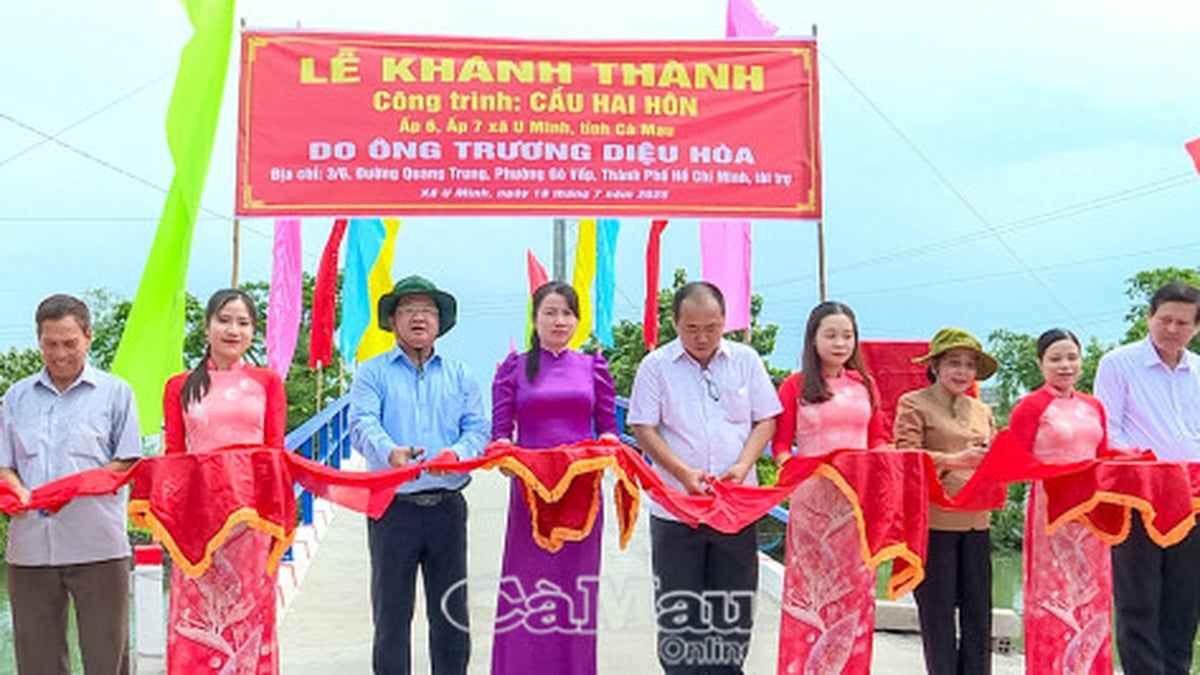
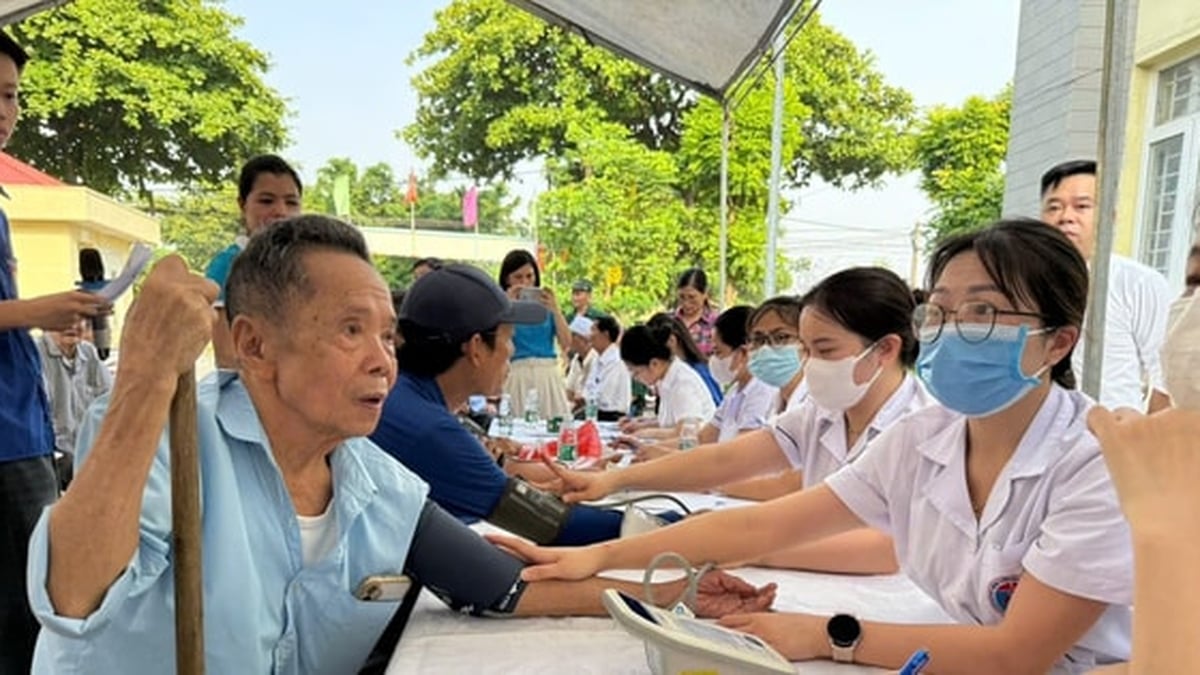
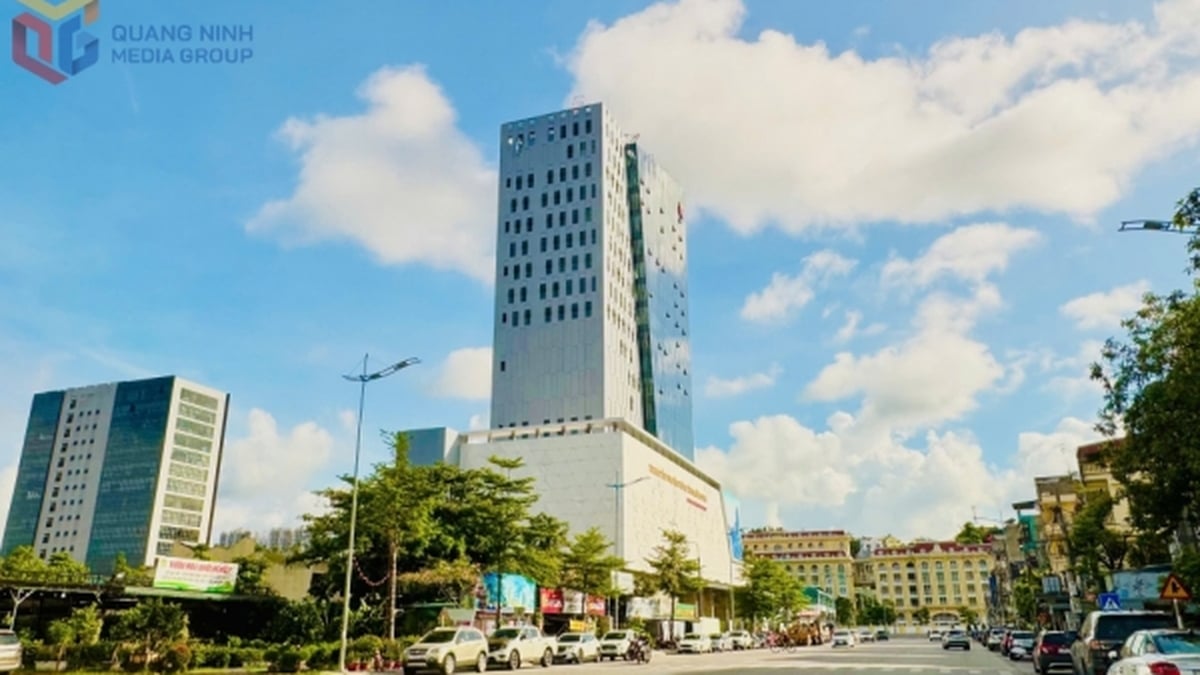



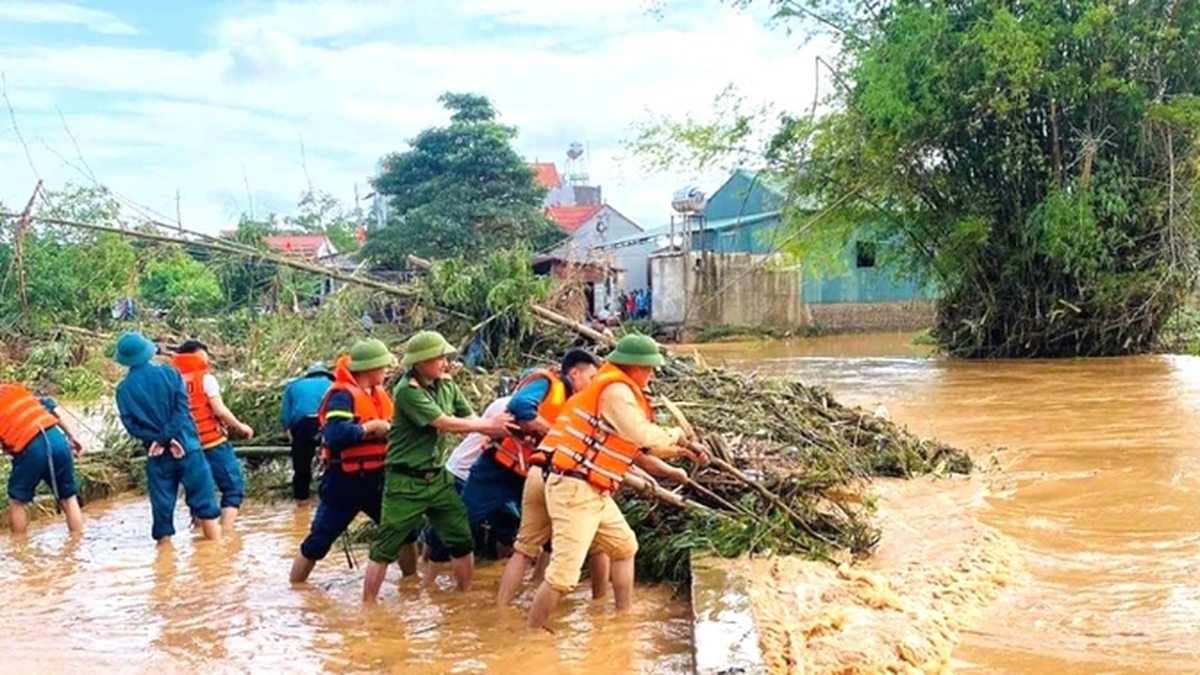
























































































Comment (0)